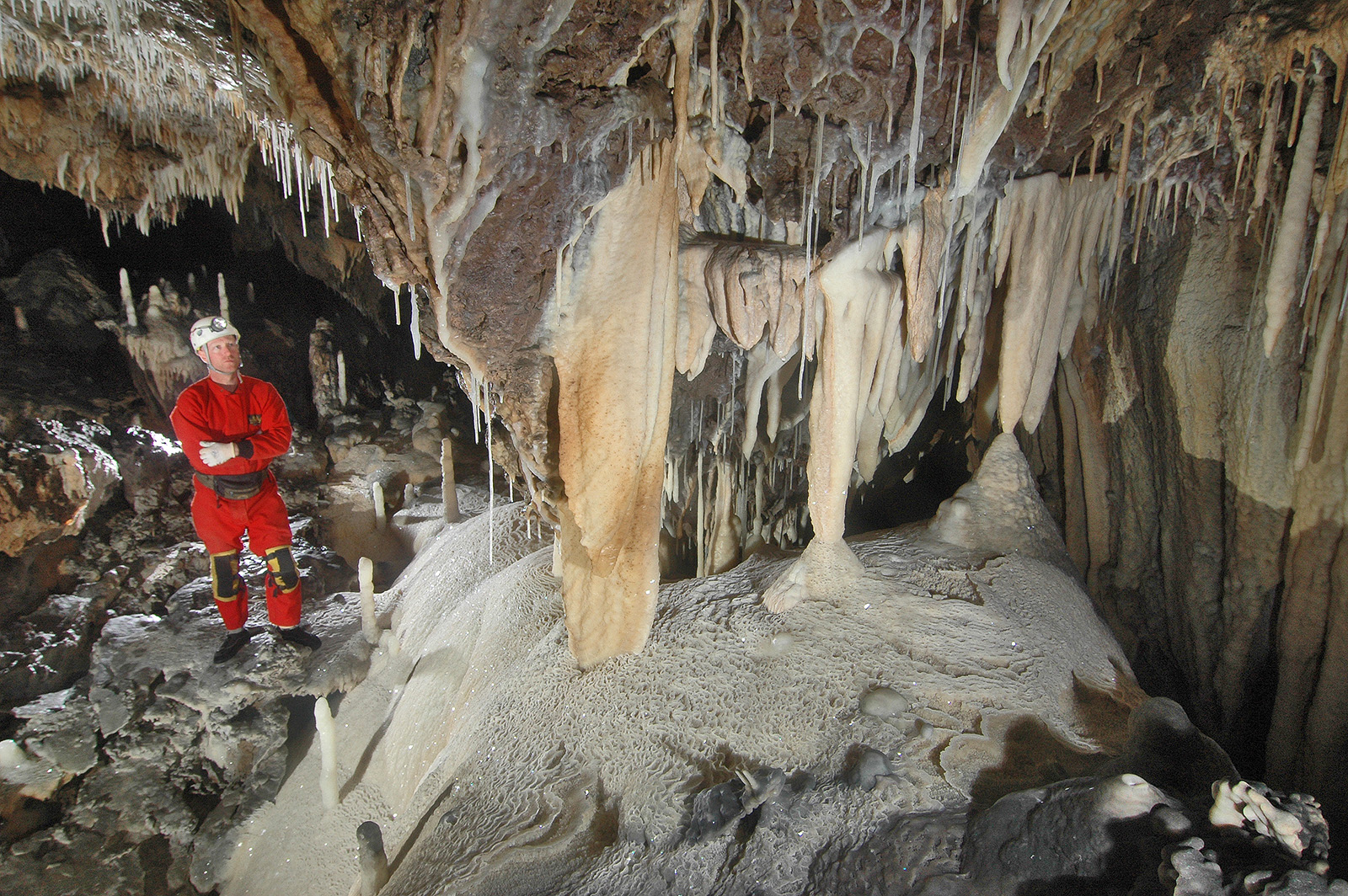Ursa Minor (cave) on:
[Wikipedia]
[Google]
[Amazon]
 Ursa Minor Cave is part of
Ursa Minor Cave is part of
Photo
– ''National Geographic News'', September 26, 2006 Caves of California Sequoia National Park Landforms of Tulare County, California {{US-cave-stub
 Ursa Minor Cave is part of
Ursa Minor Cave is part of Sequoia National Park
Sequoia National Park is a List of national parks of the United States, national park of the United States in the southern Sierra Nevada (U.S.), Sierra Nevada east of Visalia, California. The park was established on September 25, 1890, and toda ...
, a naturally formed system of caves in California's Sierra Nevada
The Sierra Nevada ( ) is a mountain range in the Western United States, between the Central Valley of California and the Great Basin. The vast majority of the range lies in the state of California, although the Carson Range spur lies primari ...
. The cave was discovered in August 2006 by four cave explorers from the Cave Research Foundation The Cave Research Foundation (CRF) is an American private, non-profit group dedicated to the exploration, research, and conservation of caves. The group arose in the early 1950s from the exploration efforts at Floyd Collins Crystal Cave, now within ...
who found a softball-sized hole on a cliff face in the mountains. After widening the hole to allow for human entry, the explorers discovered one of the most spectacular caves in the western United States. The cave has since been named "Ursa Minor," because of the large bear
Bears are carnivoran mammals of the family (biology), family Ursidae (). They are classified as caniforms, or doglike carnivorans. Although only eight species of bears are extant, they are widespread, appearing in a wide variety of habitats ...
skeleton found in the cave.
The cave was featured in the September 2007 issue of ''National Geographic'' magazine and has attracted many scientists and researchers interested in finding new species of troglobites
A troglobite (or, formally, troglobiont) is an animal species, or population of a species, strictly bound to underground habitats, such as caves. These are separate from species that mainly live in above-ground habitats but are also able to live u ...
, organisms that live in the complete darkness afforded by caves. Similar caves such as the Kaweah Cave and Lost Soldiers Cave have yielded over twenty new species of these exotic and rare creatures, whose entire populations are sometimes limited to only a single pool of water or room of a cave.
Access to this sensitive cave is currently limited to scientific and survey trips.
External links
Photo
– ''National Geographic News'', September 26, 2006 Caves of California Sequoia National Park Landforms of Tulare County, California {{US-cave-stub